Microscapes take off at D.C’s Dulles airport
“Life: Magnified,” a display of microscope images depicting cells, microbes and details of life invisible to the naked eye runs from June to November.
Every print subscription comes with full digital access
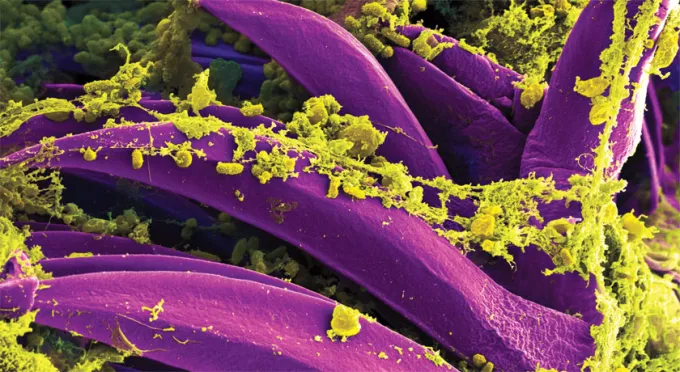
“Life: Magnified,” a display of microscope images depicting cells, microbes and details of life invisible to the naked eye runs from June to November.
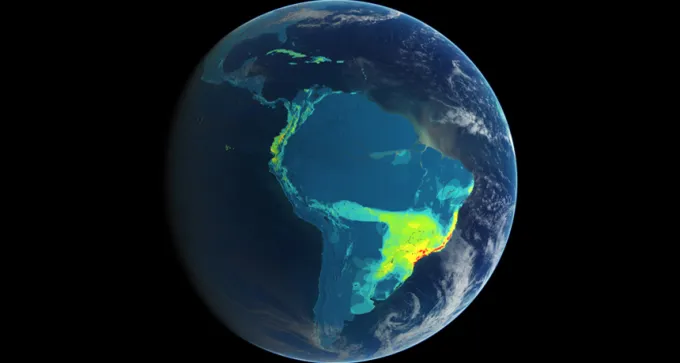
Recent maps reveal trouble spots for the world’s imperiled birds.
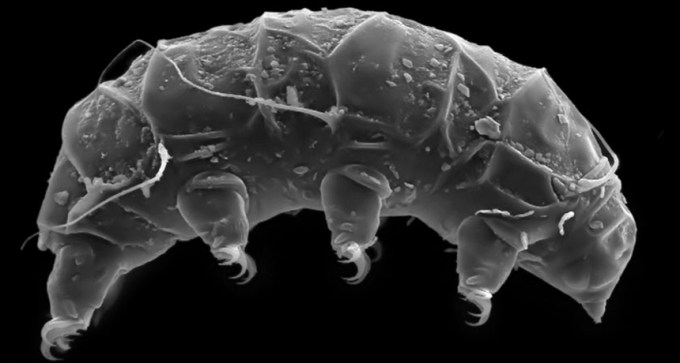
A tiny creature called a tardigrade could shed light on how animals reached the far southern continent.

Scientists and journalists share a core belief in questioning, observing and verifying to reach the truth. Science News reports on crucial research and discovery across science disciplines. We need your financial support to make it happen – every contribution makes a difference.
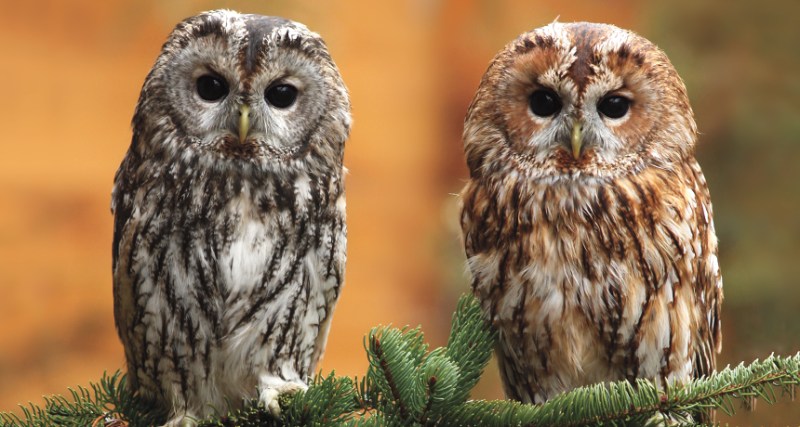
Fast evolution and flexibility, in biology and behavior, may allow some species to adapt to a warming world. Others may need help from humans, or risk dying out.
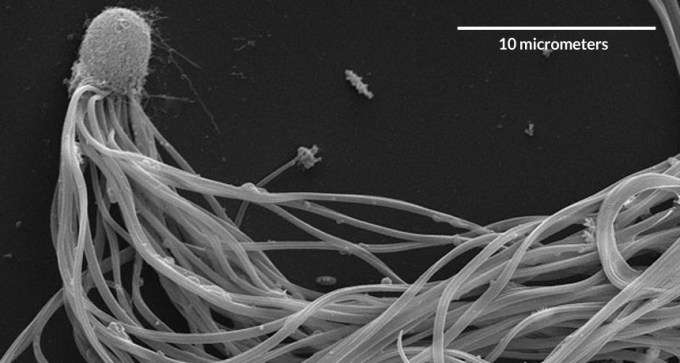
The desert ant has sperm that swim in bundles for extra speed, perhaps increasing their likelihood of fertilizing an egg.
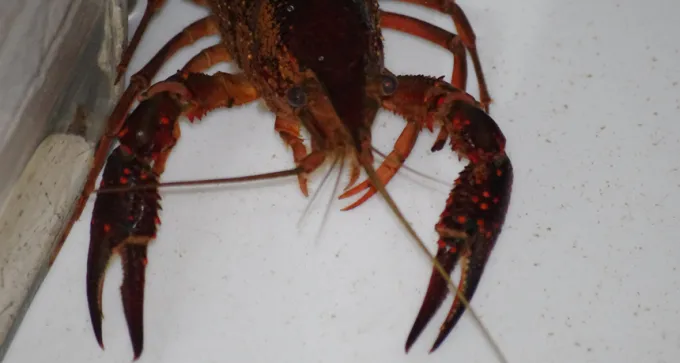
After receiving a shock, crayfish act anxious, avoiding brightly lit areas.
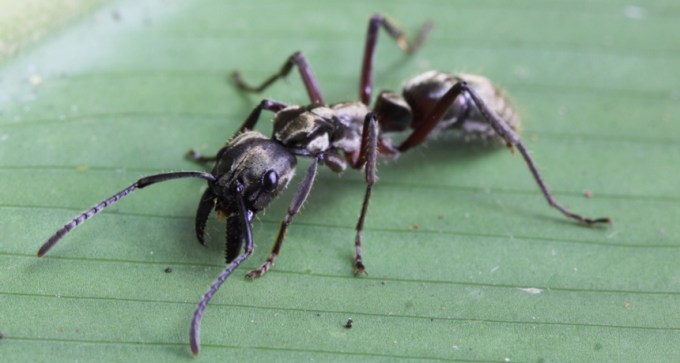
Certain ants living in tropical forest canopies turn out to be fine swimmers.

During the initial weeks of infection, Helicobacter pylori, the bacterium that causes stomach ulcers, mutates at a high rate, apparently to evade the body’s defenses.
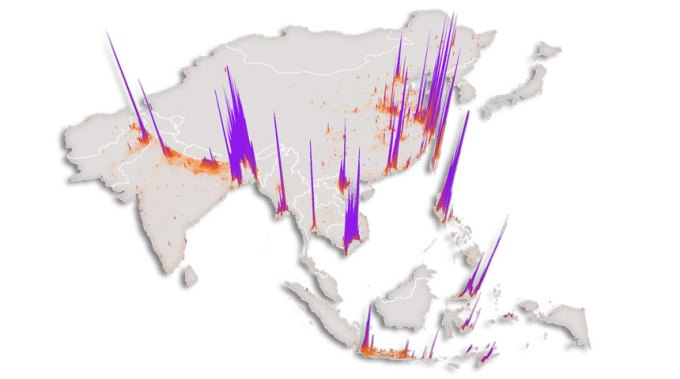
H7N9 influenza has a higher chance of spreading to humans in urban areas close to water, researchers predict.
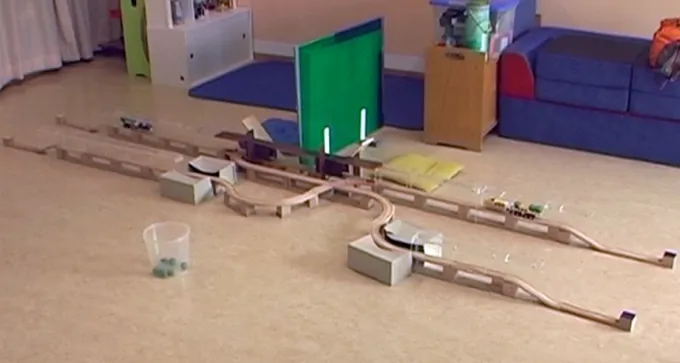
Five-year-olds can coordinate decisions with others in a fair way, even when each child has conflicting interests.

Heart transplant recipients whose bodies are starting to reject the new organ might carry genetic warning signs.

Common antimicrobial could make microbes more drug resistant and less efficient at breaking down sewage sludge in municipal treatment plants.
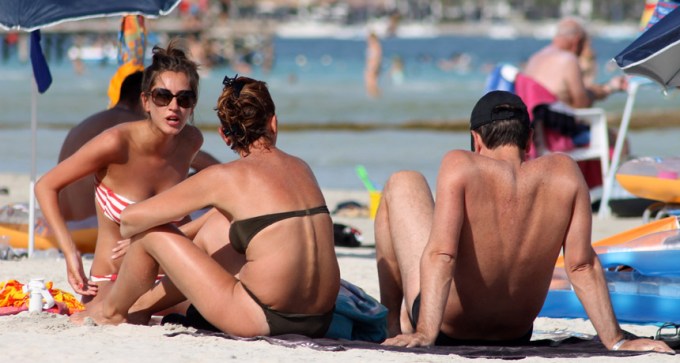
UV light makes mice churn out a molecule that is a cousin of morphine and heroin, a finding that may explain why some people seek out sunshine.
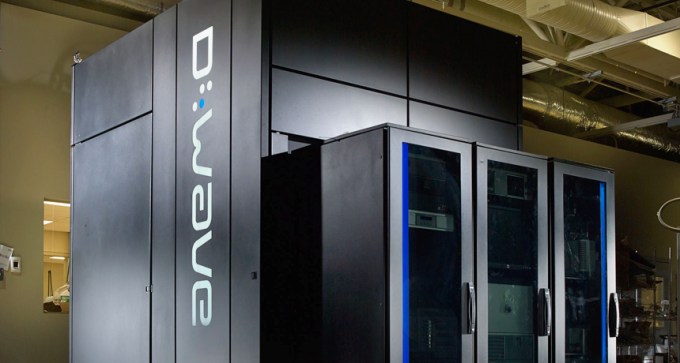
Fifteen million dollar D-Wave machine runs no faster than traditional computer in head-to-head challenge.

Reprogramming immune cells may offer a way to treat autoimmune diseases without harming the body’s ability to fight infections.
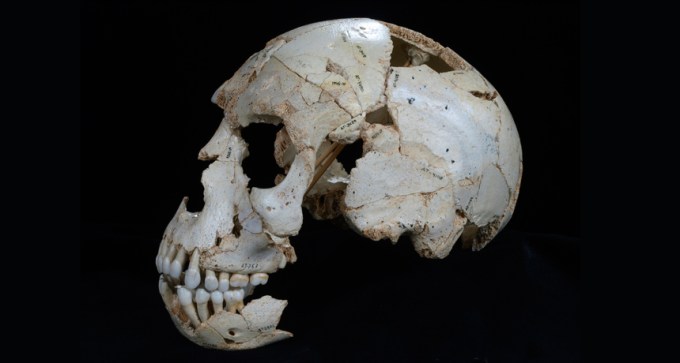
A new analysis of ancient hominid skulls reveals a patchy anatomical start of the Neandertal lineage.
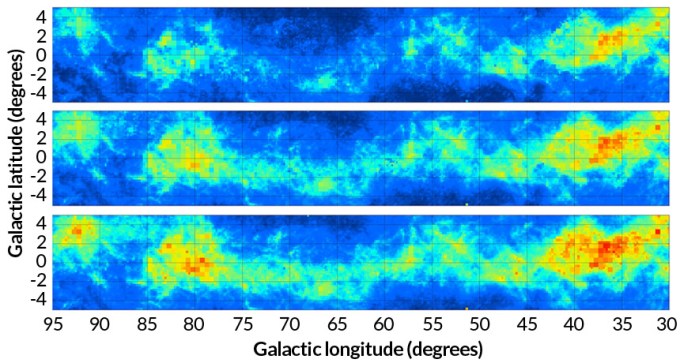
A new three-dimensional map of interstellar dust in the Milky Way wraps 180 degrees around the sky and extends over 16,000 light-years from Earth.
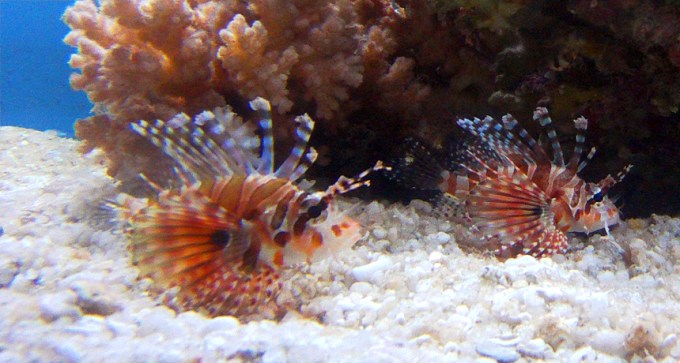
Slow but superb predators recruit pals for cooperative hunting, often striking in what looks like well-mannered turn taking.
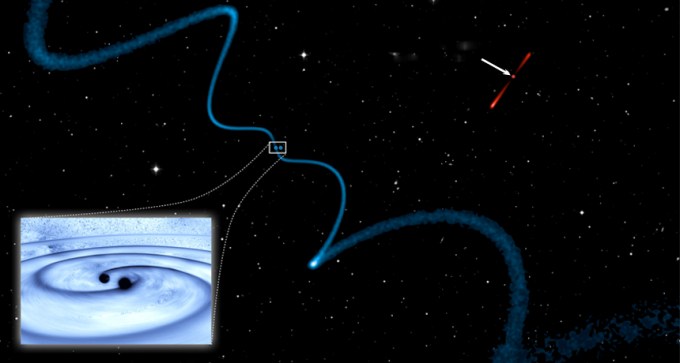
Three supermassive black holes residing where two distant galaxies collide offer new clues about where to look for gravitational waves.

In two clinical studies, people who had had strokes with no trigger sometimes also had undiagnosed atrial fibrillation.
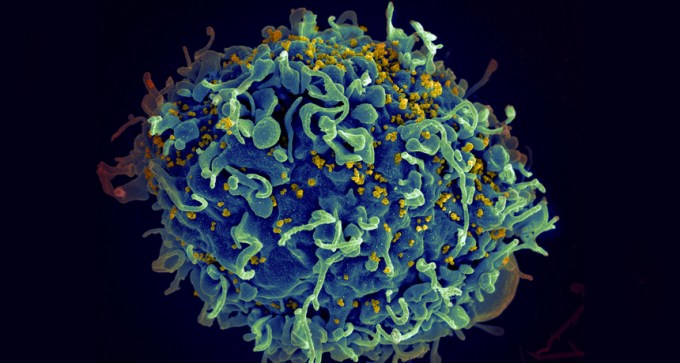
The discovery that HIV can trigger infected cells to divide means scientists may need to rethink strategies for treating the virus that causes AIDS.
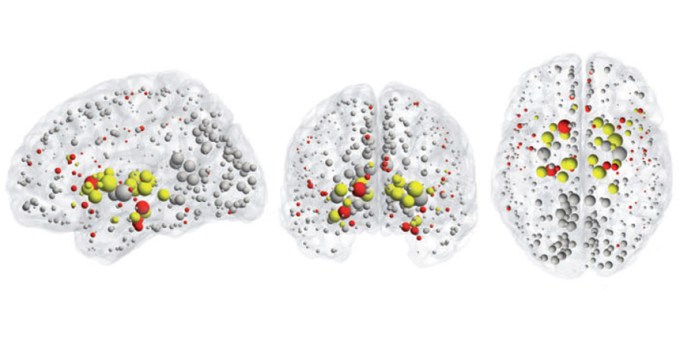
Schizophrenia, Alzheimer’s and other brain disorders may occur when the brain’s most active hubs are damaged.
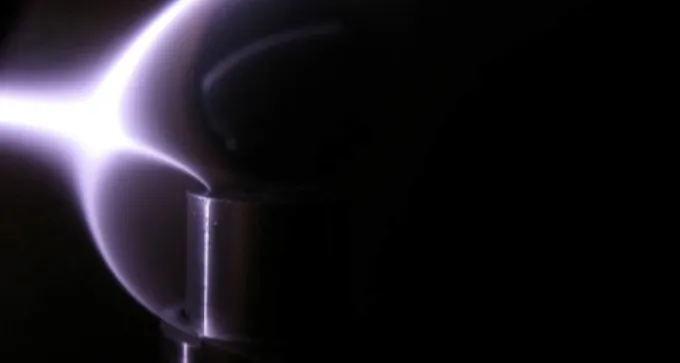
With help from plasma and a magnet, solar storms' dangers would lessen on long space trips.
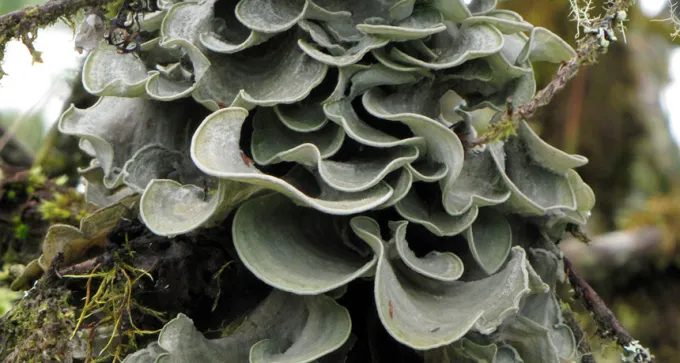
One supposedly well-known tropical lichen could really be several hundred kinds.
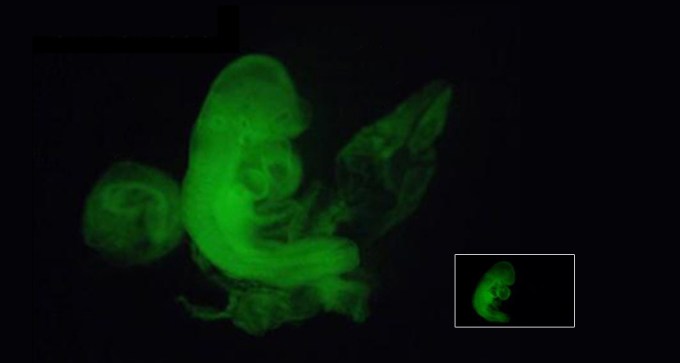
Researchers who reported an easy method for making stem cells admit mistakes mar their work, and have retracted their papers from Nature.
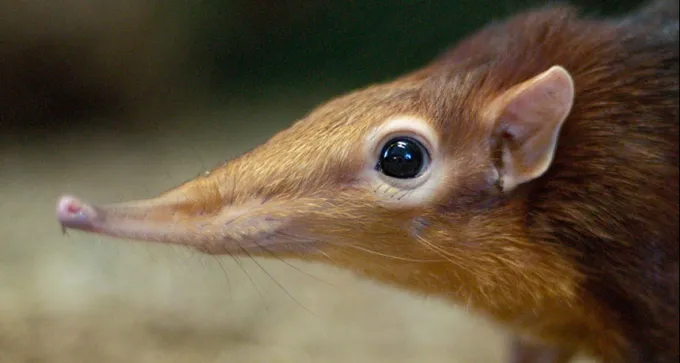
A new species in the group is the smallest yet, with adults smaller than a newborn kitten.

Scientists in 1964 were studying shatterproof glass, which was mandated just a couple of years later.
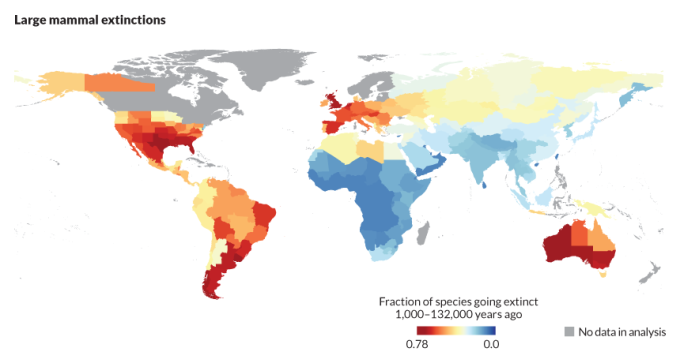
Data suggests major die-offs of large animals during the last Ice Age were linked to people, not climate.

Author Gillen D’arcy Wood links the volcano to historical changes in art, opium, cholera and more.

Author Joseph T. Hallinan explains why people believe the darnedest things.
Subscribers, enter your e-mail address to access the digital replica edition.